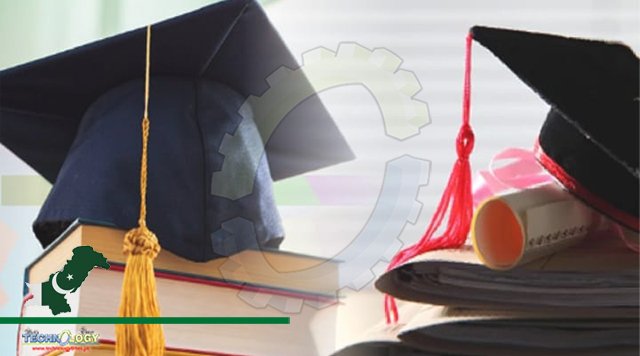“We’ll consider tightening the guidelines for foreign students studying in Australia to make sure they’re actually there for academic purposes,” said the minister.

Clare O’Neil announced plans for a review of Australian migration program in September 2022, and the findings of the review have set the stage for substantial changes to Australia’s policy framework, including student visa settings and procedures.
The report starts with a bang:
“Australian migration program is ineffective. The goals of Australian migration program are unclear, and successive governments and policymakers have attempted to address problems by enacting patchwork reforms that have not gone deep enough.”
Australia currently has a migration program that fails to draw in the most highly skilled immigrants and hinders businesses’ ability to access workers effectively. In addition, there is strong evidence of systemic exploitation and a potential for a new underclass to form that will last forever.
These elements work together to undermine public confidence. The review panel notes three areas of concern with regard to student migration to Australia, while acknowledging the importance and success of Australia’s international education sector.
The impact of migration settings on the quality of Australian education;
The extent to which migration settings contribute to international graduates not reaching their potential in the labour market; and Too many former students being allowed to stay “long term on a temporary basis.”
The panel is essentially concerned that some international students are using visas as a back door for working and migrating to Australia, and that this undermines the quality of education for genuine foreign students.
In addition, the panel believes that current policy settings are not geared to selecting the best-fit graduates for permanent residence (i.e., those whose skills are best-aligned with labour market needs and who otherwise have the best chance of success).
The review emphasises the connections between immigration settings and the recruitment of international students. The impact of policy changes that have variously widened or narrowed students’ access to permanent residence on international enrollment is highlighted in the following chart.
The significance of those linkages looms large in the context of the current review. In the coming months, Minister O’Neil intends to implement a phased series of legislative changes in response to the report’s recommendations.
At a press conference on April 27, the Minister stated: “We need to look to create proper pathways rather than pretending that some students are here to study when they are actually here to work. We want to make sure that students who perform well and possess the necessary skills have the opportunity to stay. We suggest developing easier, quicker routes for the international students who will possess the specialised knowledge and abilities we require.”
“We’ll consider tightening the guidelines for foreign students studying in Australia to make sure they’re actually there for academic purposes. In the upcoming months, we will provide more details on a significant project that will strengthen the interactions between the migration and international student systems.”
“This is not about reducing the number [of international students], but I think it’s inevitable when we lift standards that there might be some implication for numbers,” the Minister continued. That is not where this is aiming. Assuring that our nation has the skills it needs to address national challenges is the goal of this project.
It is currently impossible to predict how the changes will affect Australia’s appeal to international students. This is partially due to the fact that some of the review’s recommendations could improve the country’s appeal.
For instance, the Minister has discussed giving students more chances to gain useful work experience while they are studying, easing the transition from school to work, and ensuring better career services for students and graduates.
The complete set of recommendations relating to student visas and student migration are as follows:
Review the maximum number of hours per week for students with student visas, taking into account whether unpaid work-integrated learning, internships, and work experience are included. Automatically grant a temporary graduate visa after your studies are finished.
Align the temporary graduate visa’s duration with the amount of time needed to find highly qualified graduates who will succeed in receiving a permanent skilled visa. Limit the amount of time that former students may stay in Australia on a temporary basis within these constraints.
Investigate possibilities for giving a very specific and direct pathway to permanent residency to a group of students. Align the student, graduate, and/or skilled visa English language requirements with the requirements for the skilled visa. A Genuine Student test should be used in place of the Genuine Temporary Entrant criterion.
